
If you’ve been following the news, you might have noticed that several Chinese car companies have been sending journalists to the Mainland left and right over the past few months. And according to a colleague, it’s no secret that these trips are strategic moves to imbue confidence among the motoring media.
I myself had already visited China twice before attending this event—the first time to Wuhu and the other to Shenzhen. I thought I was done with these travels for the rest of the year, but I found myself returning toward the end of November. So, where in China did I go to this time?
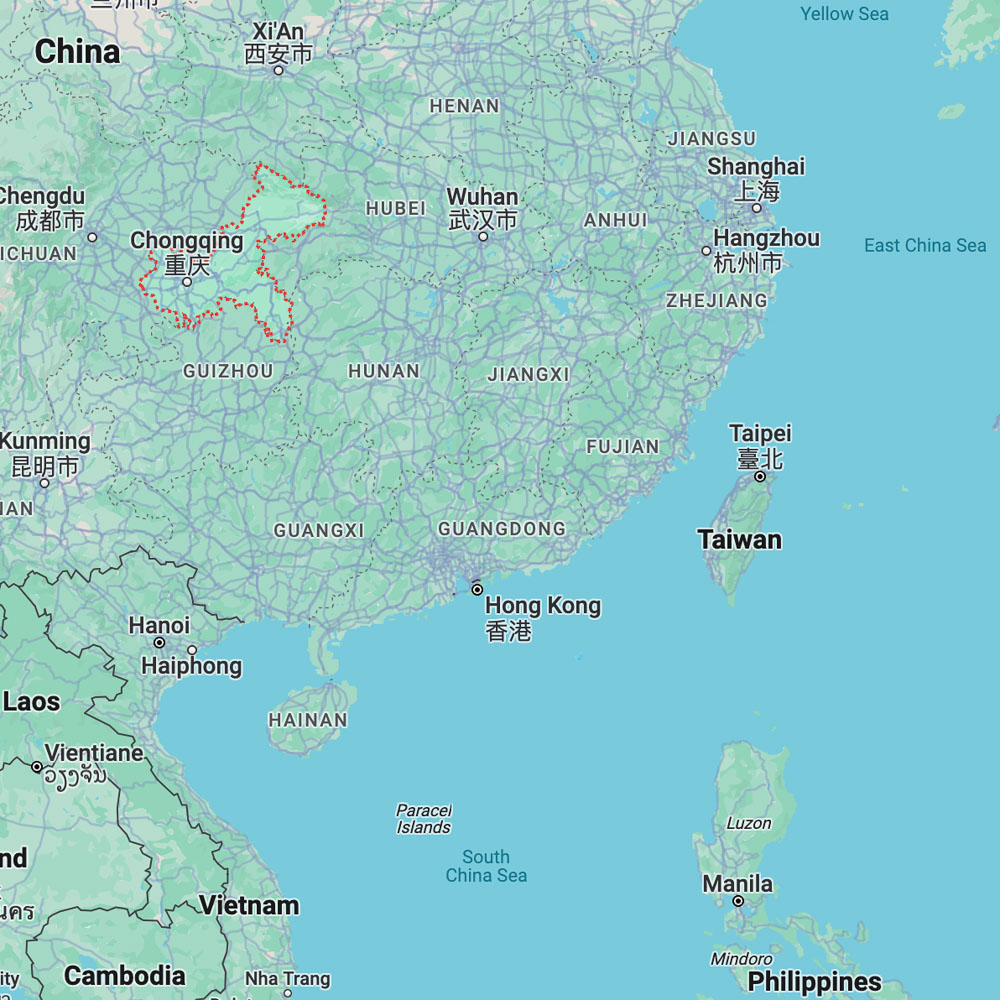
Chongqing (pronounced “Chongching”).


Once you’re done chuckling over the name, here’s a short geography lesson. Chongqing is a municipality situated inland. Surrounded by mountains, the terrain is hilly with the life of the city centering around the Yangtze and the Jialing rivers. This is also the home base of one of China’s largest automakers, Changan.

According to its website, Changan translates to “lasting safety,” and the organization traces its heritage all the way back to 1862 as a Western-style engineering firm established by Li Hongzhang. However, it took nearly a century before the manufacturer produced its first car in 1959, the Changjiang Type 46, under contract with the government.
By 2006, “Changan” was adopted as the official brand name with the Benni hatchback being its first passenger vehicle. The manufacturer eventually entered into joint ventures with Ford, Mazda, and Jiangling Motors Corporation (JMC).
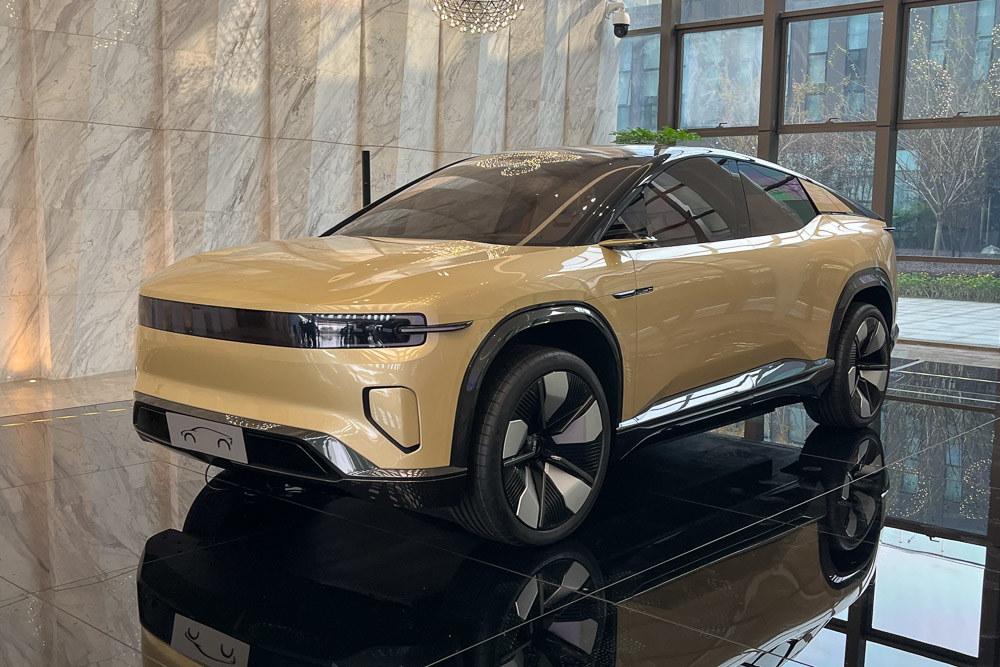
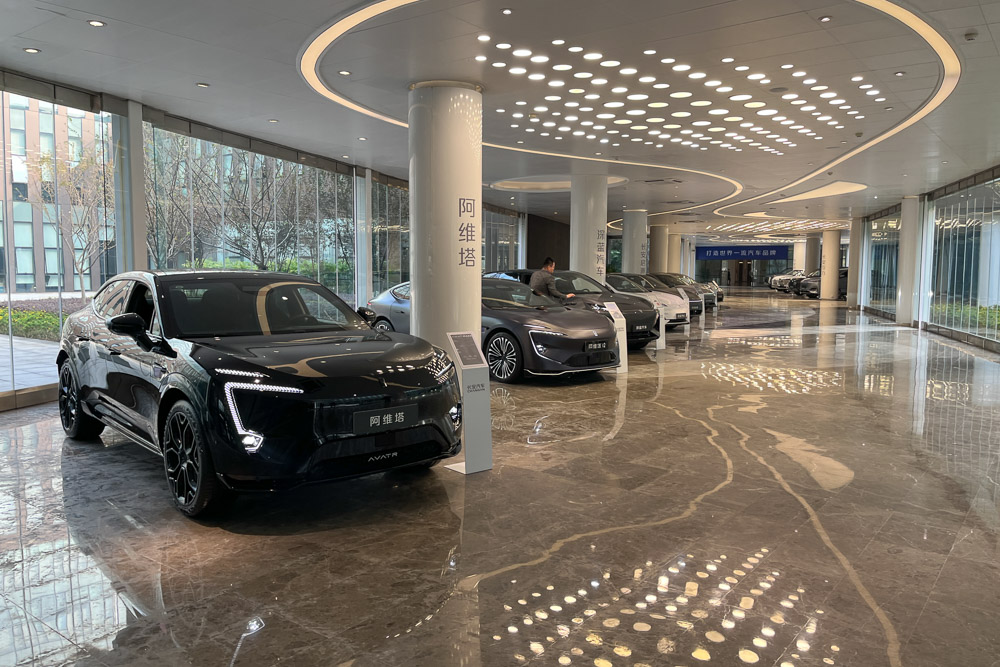
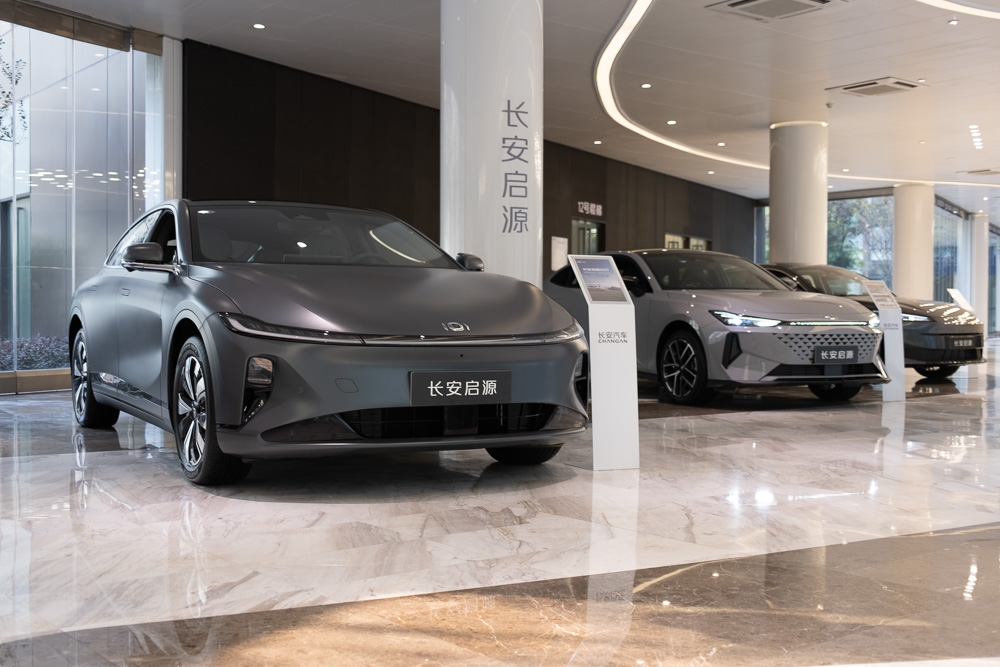
With the brand having such a deep-rooted history, I was curious about what lay in store at its headquarters. However, the brief history I just shared was only mentioned in passing. Instead, I was greeted with a diverse lineup of modern vehicles at the R&D center.
The Philippine lineup of Changan includes the Alsvin, the CS35 Plus, the CS55 Plus, the Uni-T, the Uni-K, and most recently, the X7 Plus. However, this is just the tip of the iceberg as the Chinese market has so much more.
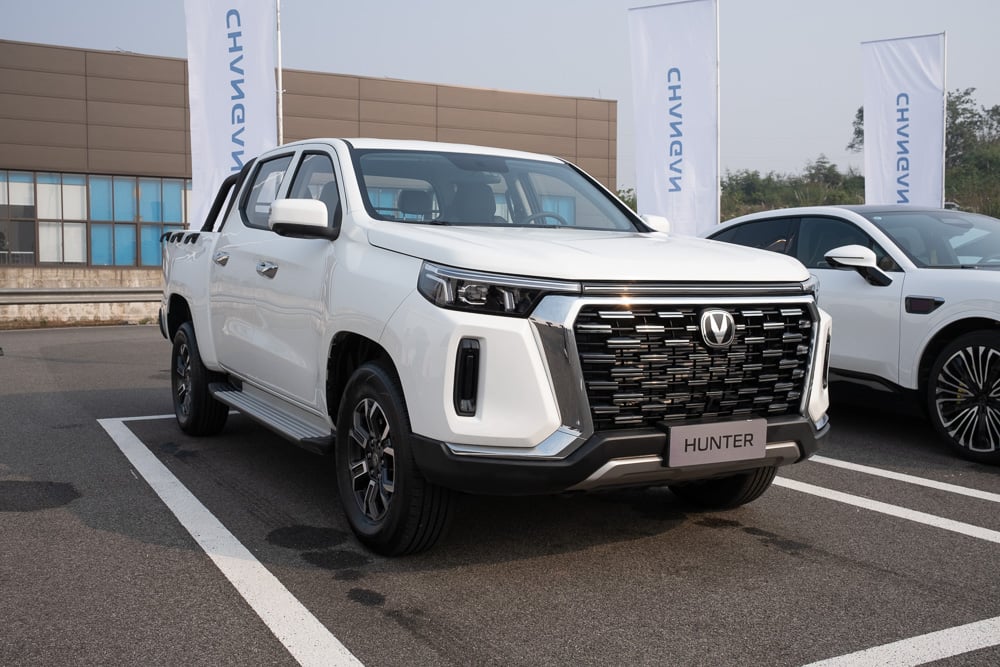
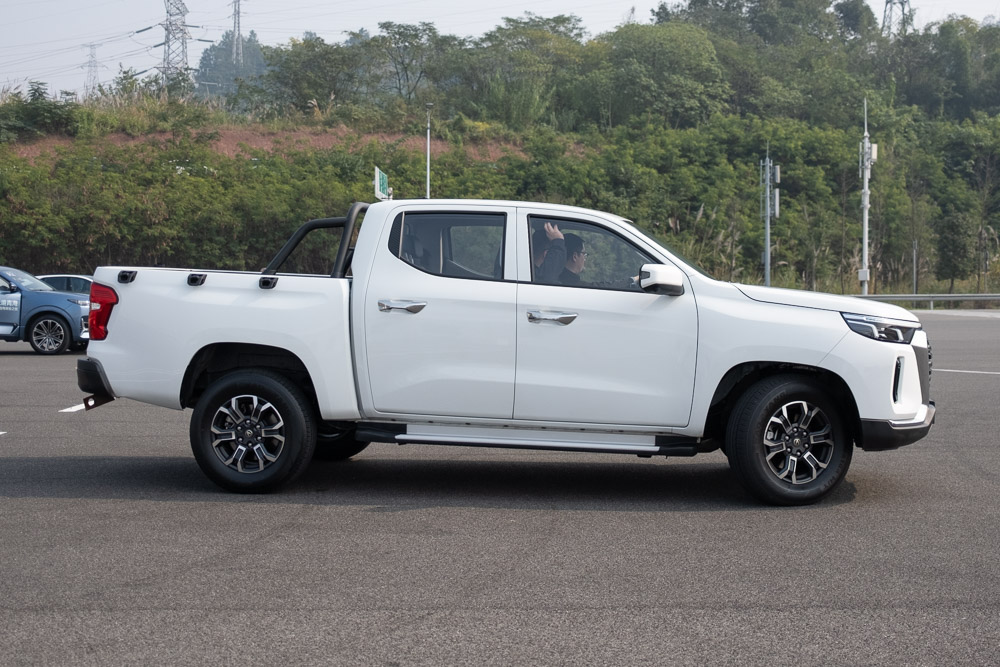
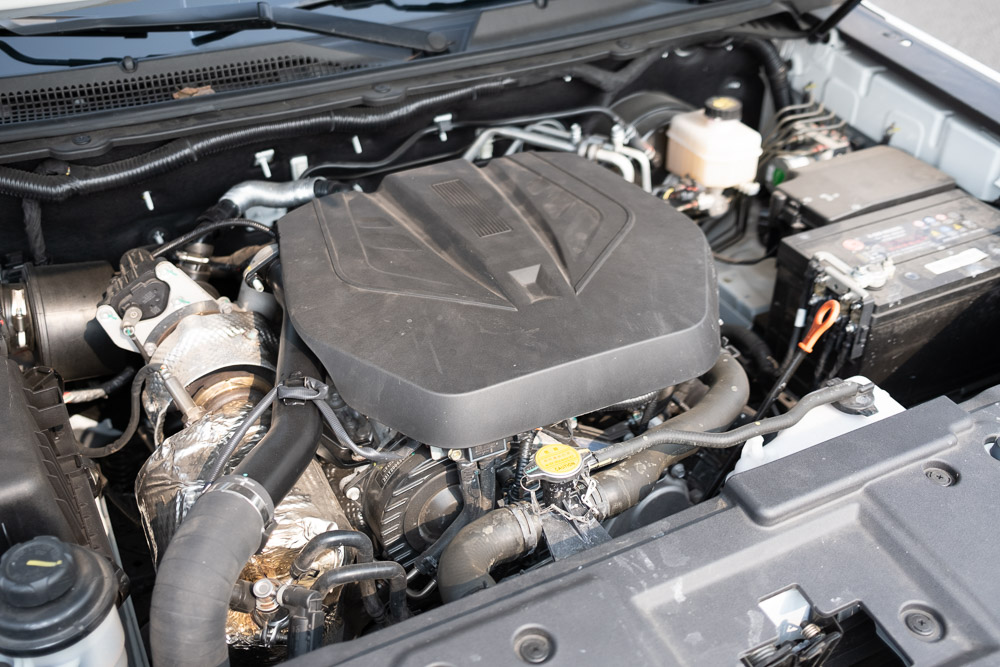
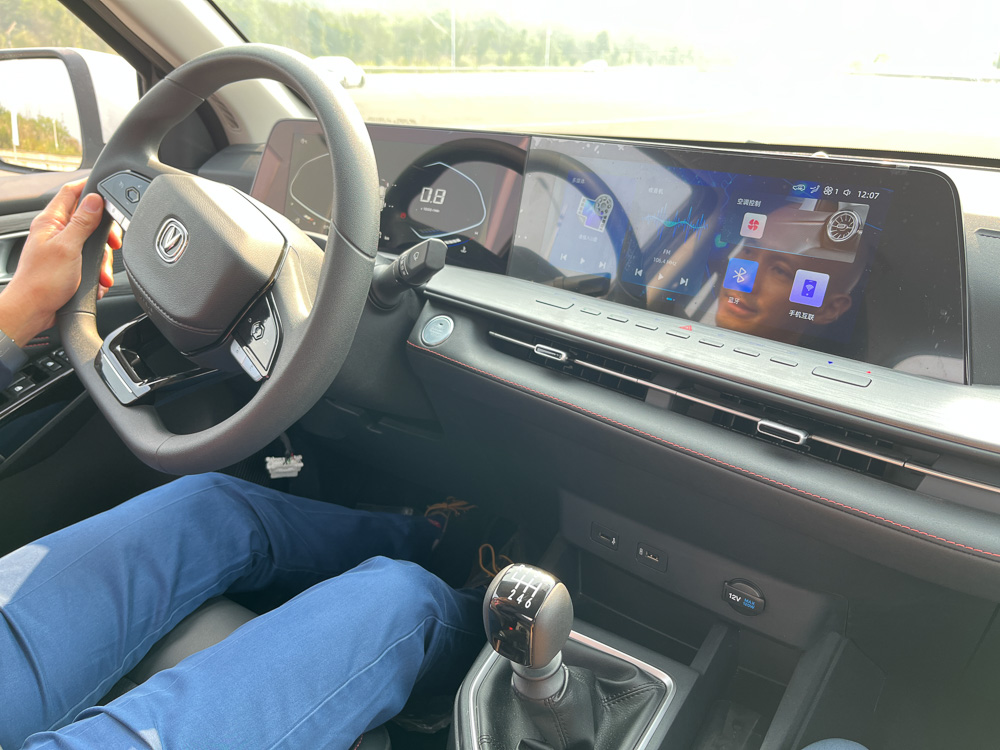
As far as ICE-powered models are concerned, there were two vehicles that stood out for the Filipino visitors. The Hunter is a midsize pickup truck that looks like a possible contender against the likes of the Ford Ranger and the Nissan Navara. In markets such as Africa and Latin America, this is available in the form of the Peugeot Landtrek.
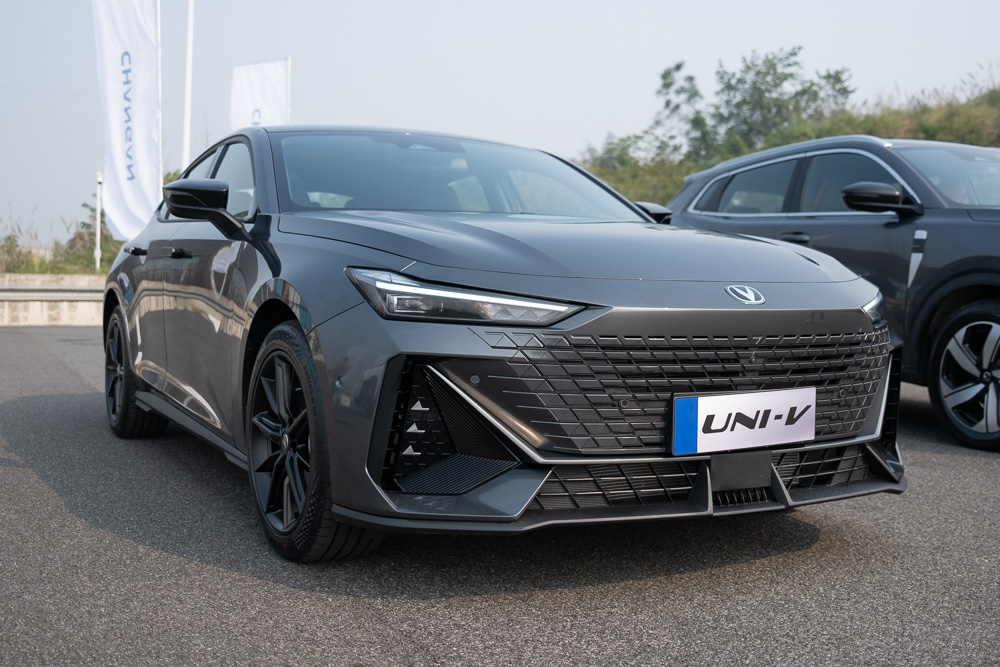
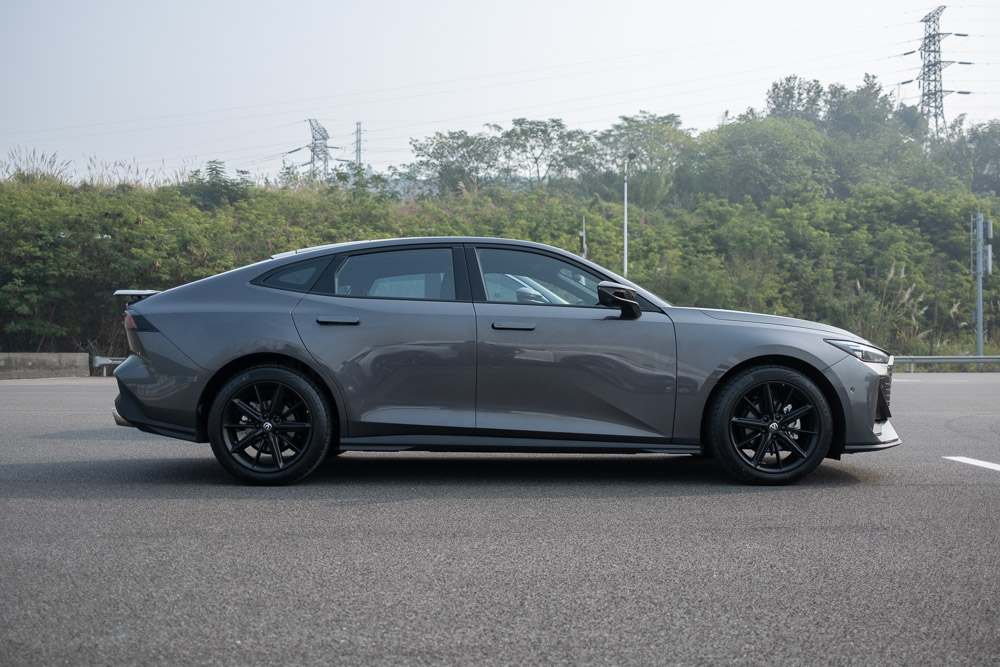
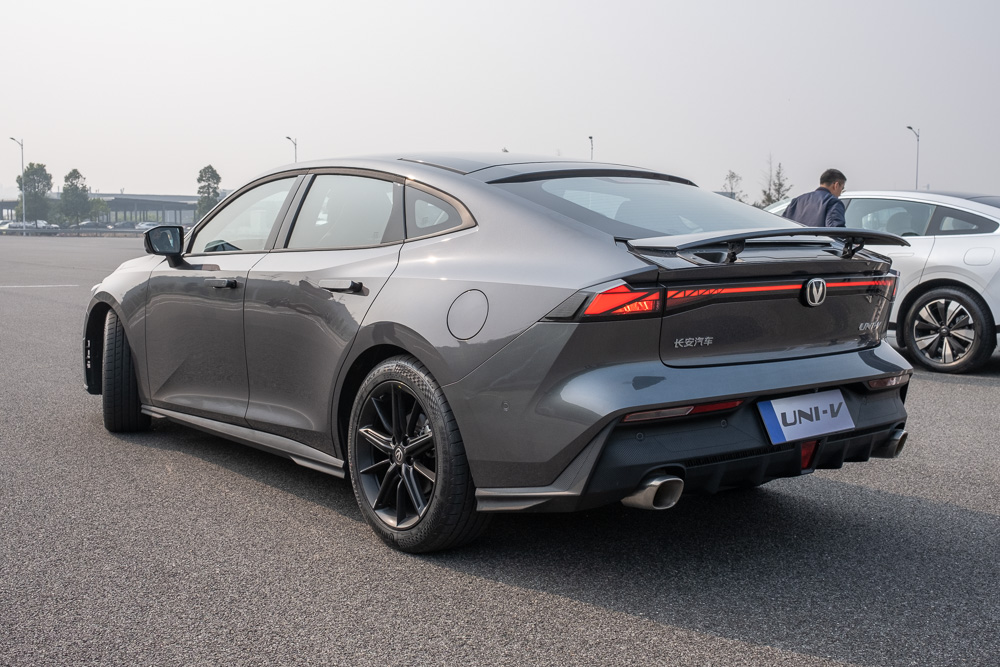
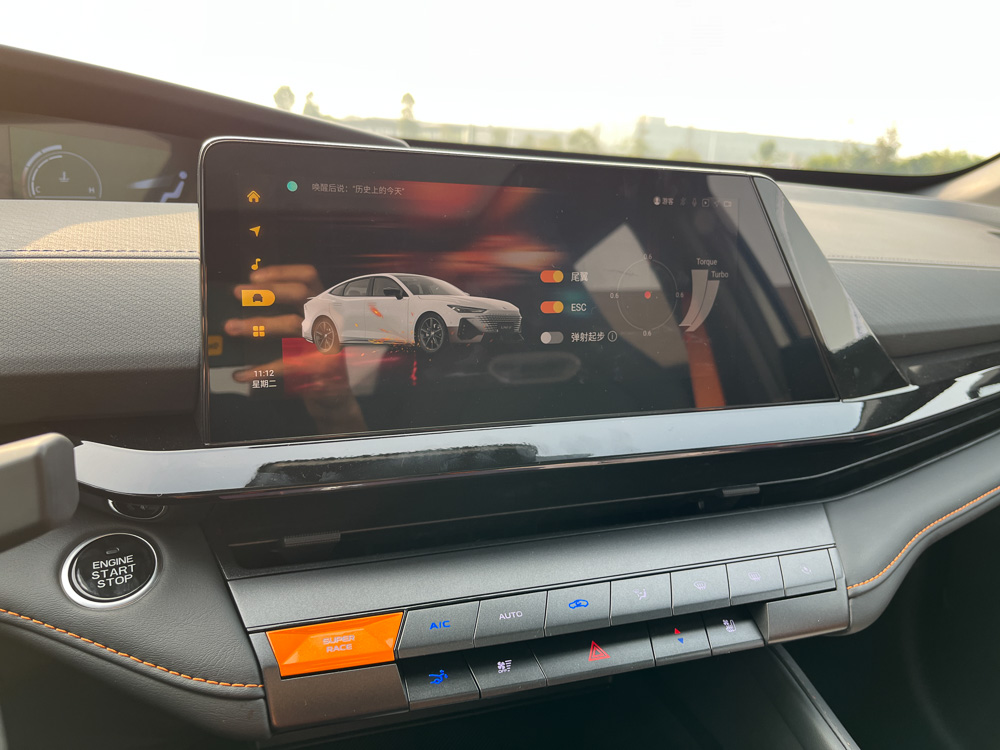
Meanwhile, the Uni-V is a sporty compact sedan that could rival the GAC Empow and the MG GT. It’s powered by a 1.5-liter turbo gasoline engine with 178hp, and has a rear wing on its fastback-style rear.
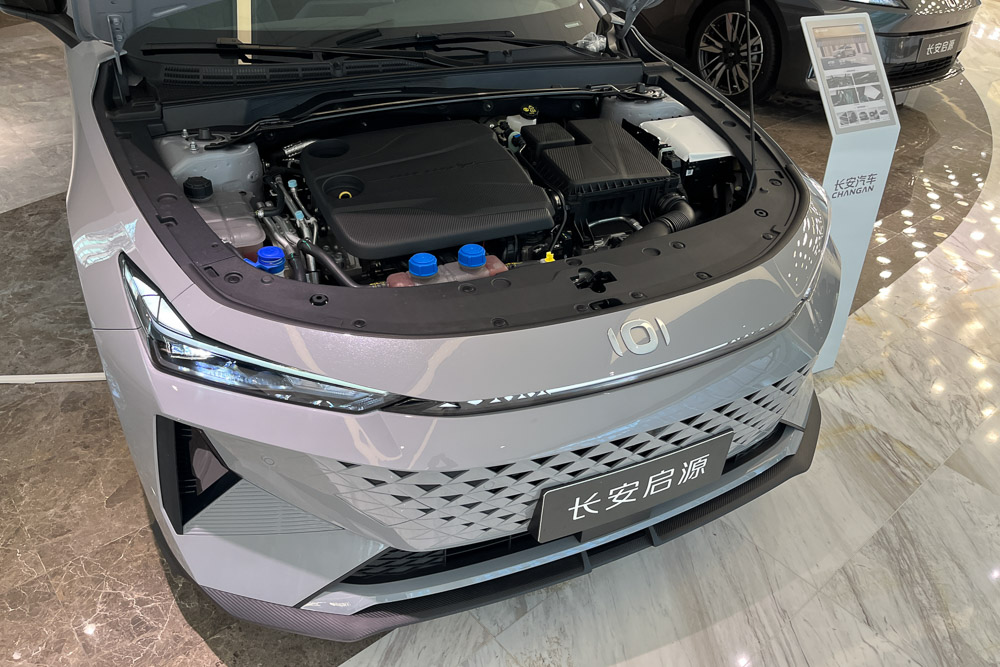
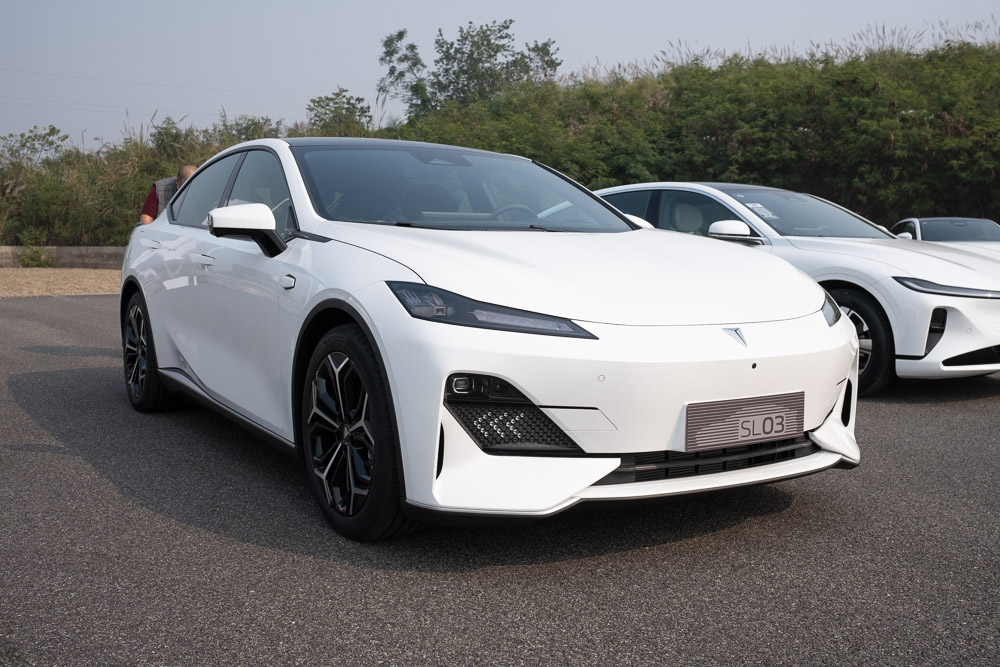
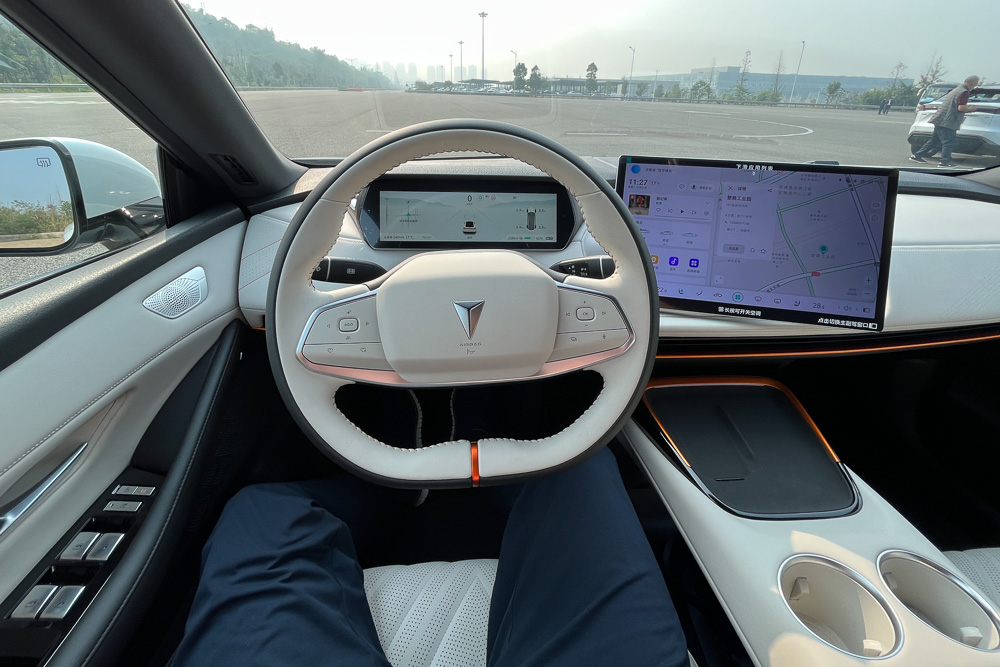
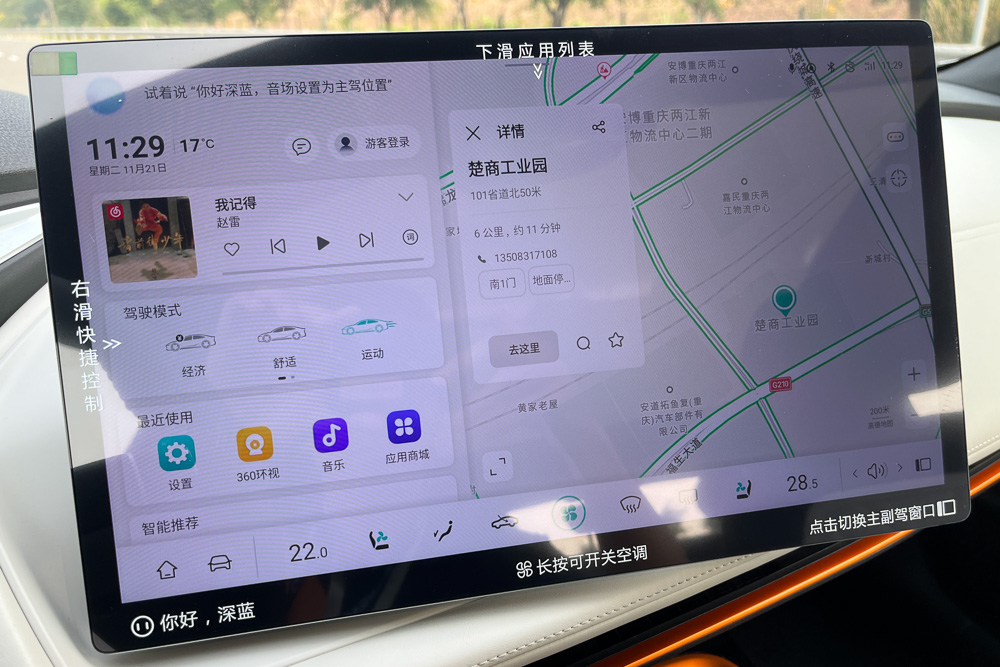
While other manufacturers may have a separate arm dedicated to electric vehicles, Changan has not just one but three brands exclusively for New Energy Vehicles (NEVs). These are Deepal, Qiyuan, and Avatr, all of which have been recently launched.
While the first two are more conservative and mass-market in approach, Avatr is a luxury EV brand by Changan, tech company Huawei, and battery maker Contemporary Amperex Technology Co. Limited (or CATL).
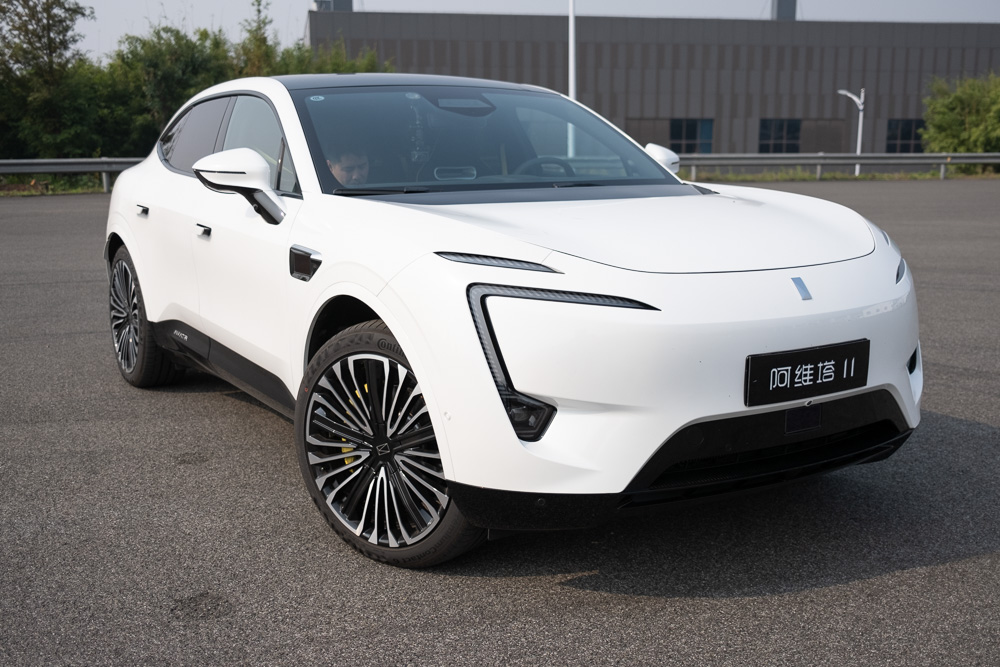
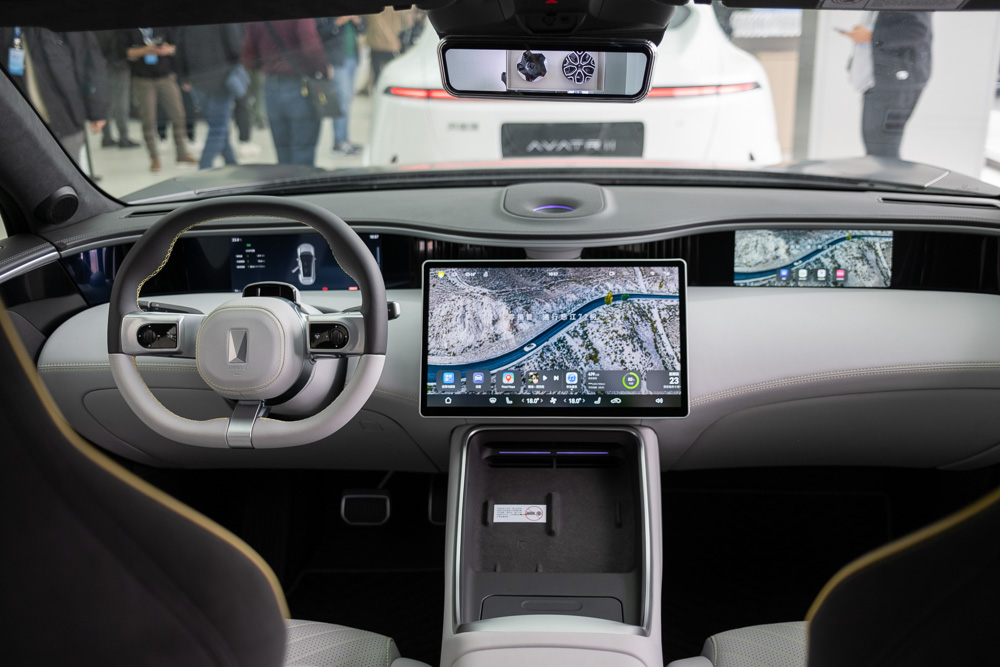
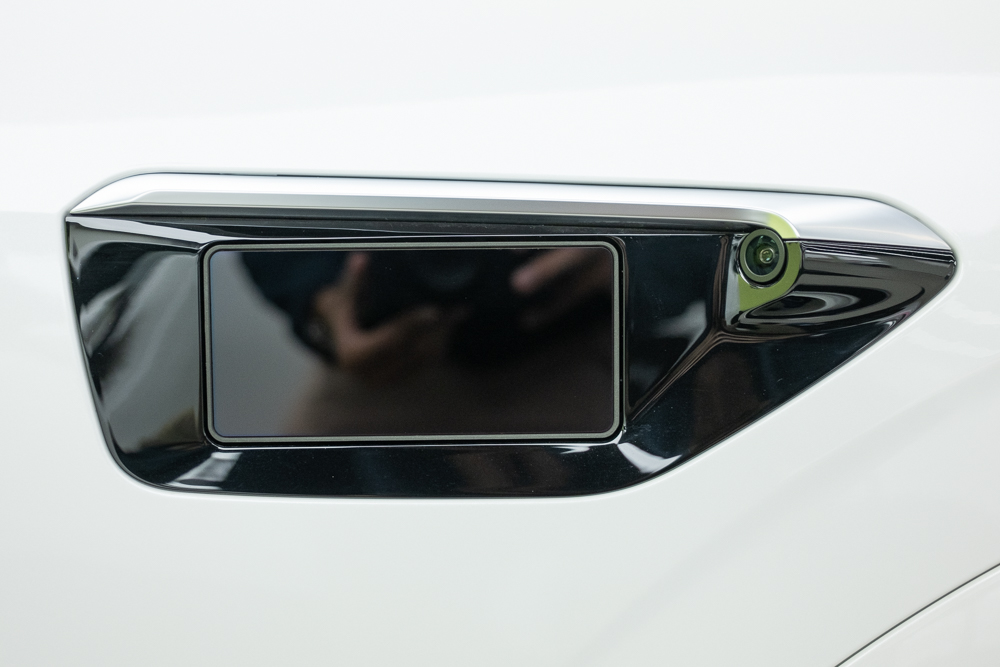
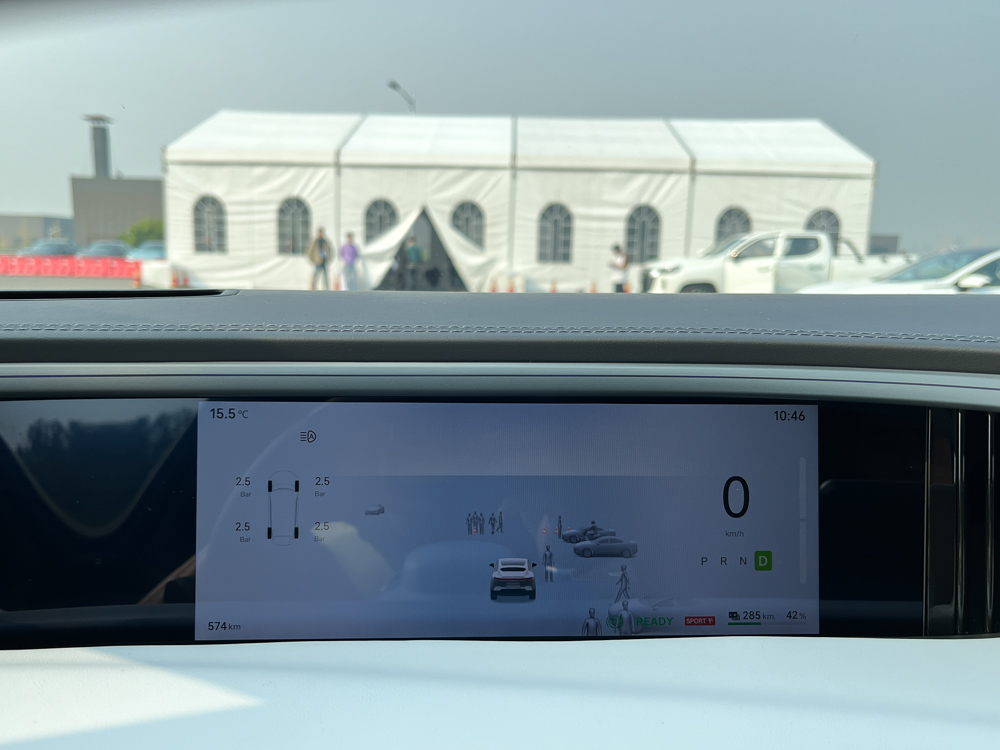
The Avatr 11 stood out among the demo vehicles for being the most powerful, most luxurious, and most advanced model. The test unit featured dual motors with a maximum output of 425kW (or 570hp) and 650Nm. This translates to mind-blowing acceleration with a 0-100km/h time of 4.5 seconds.
Its cabin is luxurious without coming off as gaudy, and the car features several sensors, including three LIDAR sensors, making it capable of Level 3 autonomous driving.
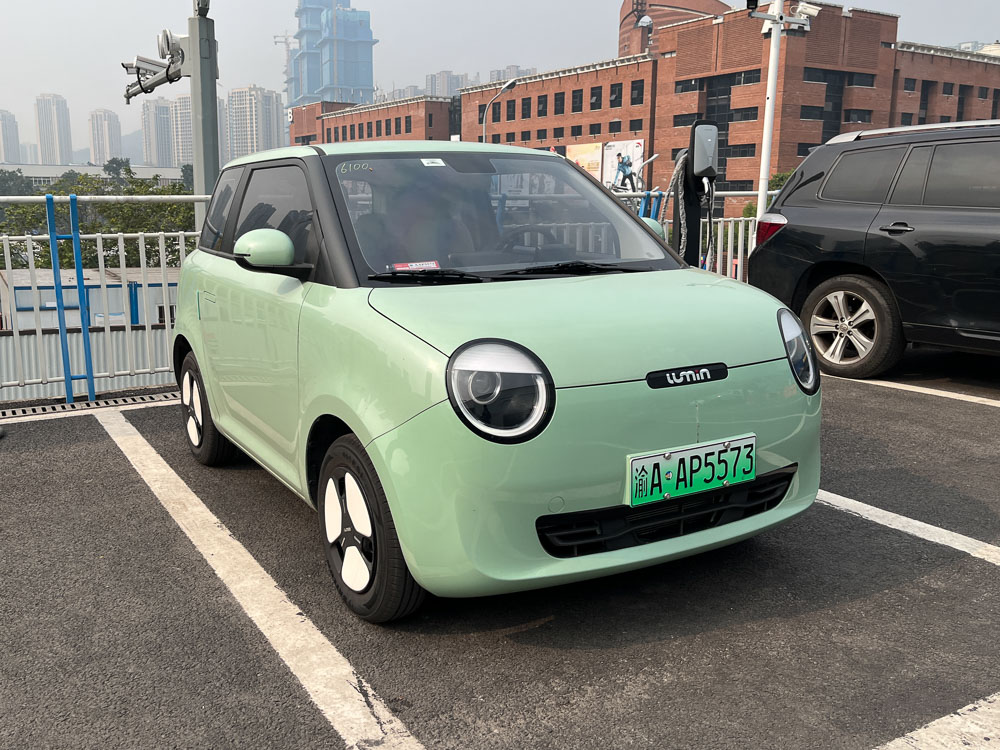
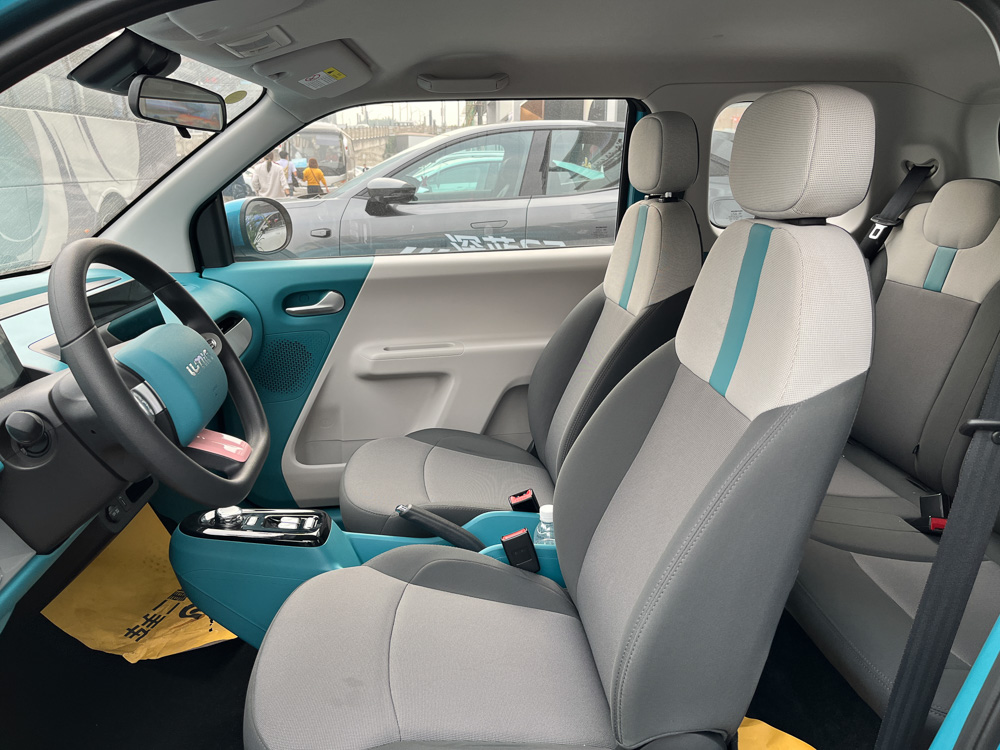
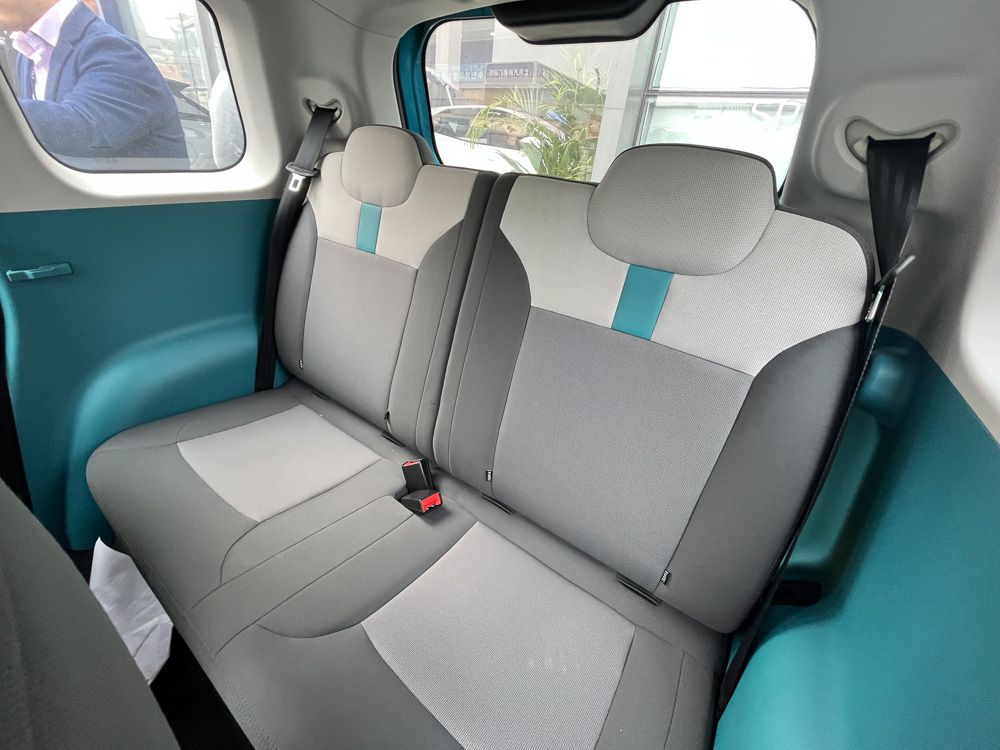
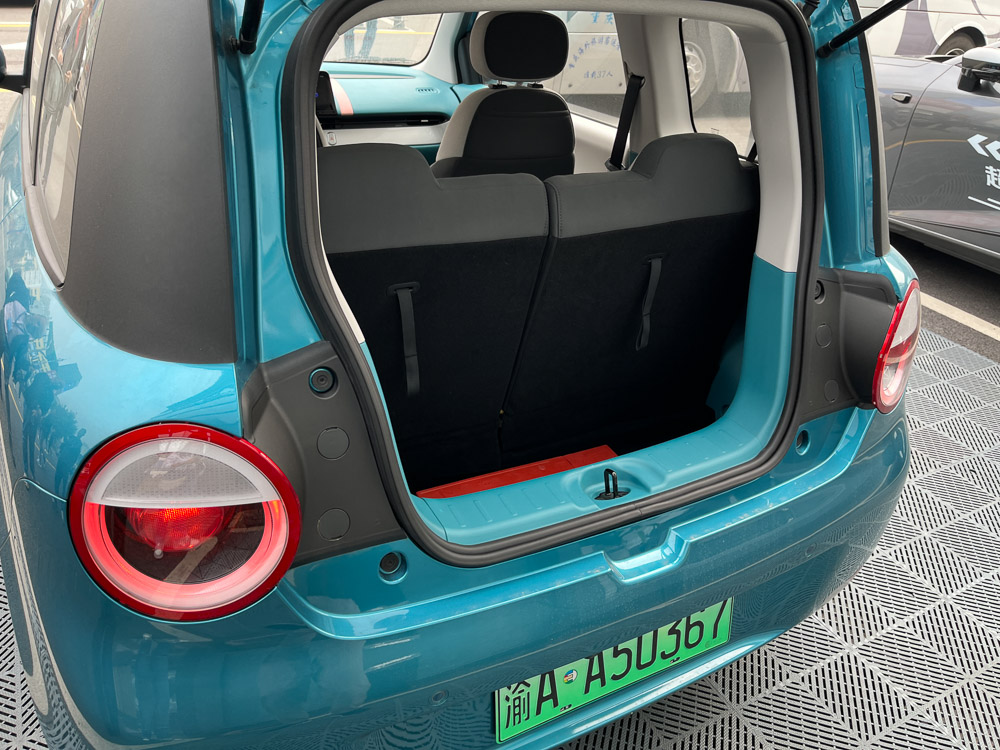
As much as we’d like the Avatr 11 to arrive on our shores, the more likely EV to be seen on Philippine roads is the cute, little Lumin. It wasn’t among the plethora of models presented, yet it managed to captivate us Filipinos.
At 3,270mm long, 1,700mm wide, and 1,545mm high, this car has a wheelbase of 1,980mm and can seat four adults. But whether they can do so comfortably is another story.
Even with the top-of-the-line variant having a maximum range of up to 301km, you most likely won’t be taking this outside the city with a maximum power of 35kW (47hp) and a top speed of 101km/h. Still, it wouldn’t look out of place on the tight and narrow streets of Metro Manila.
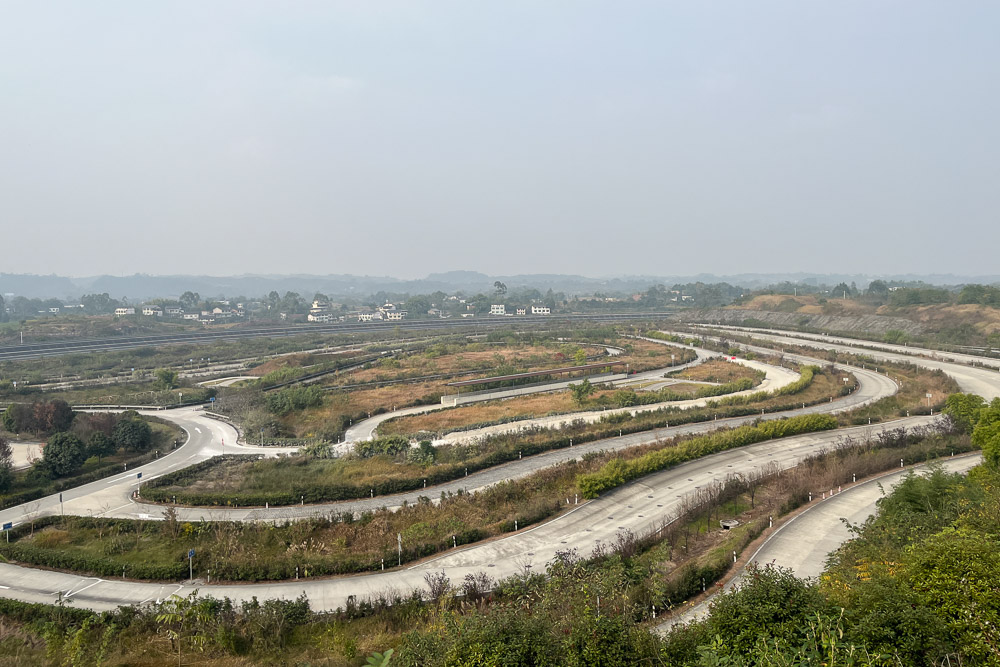
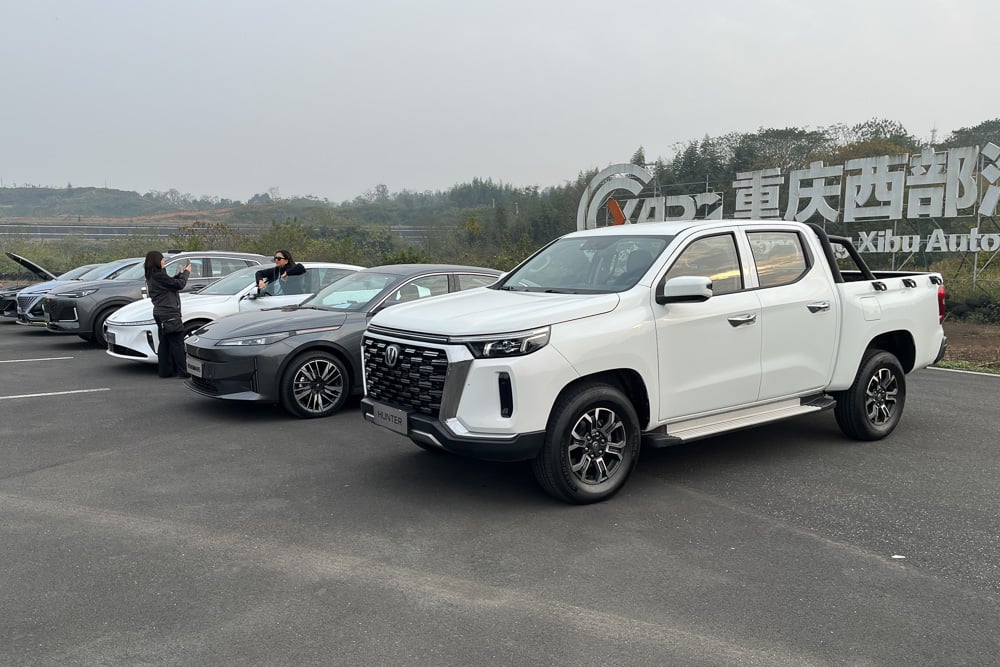
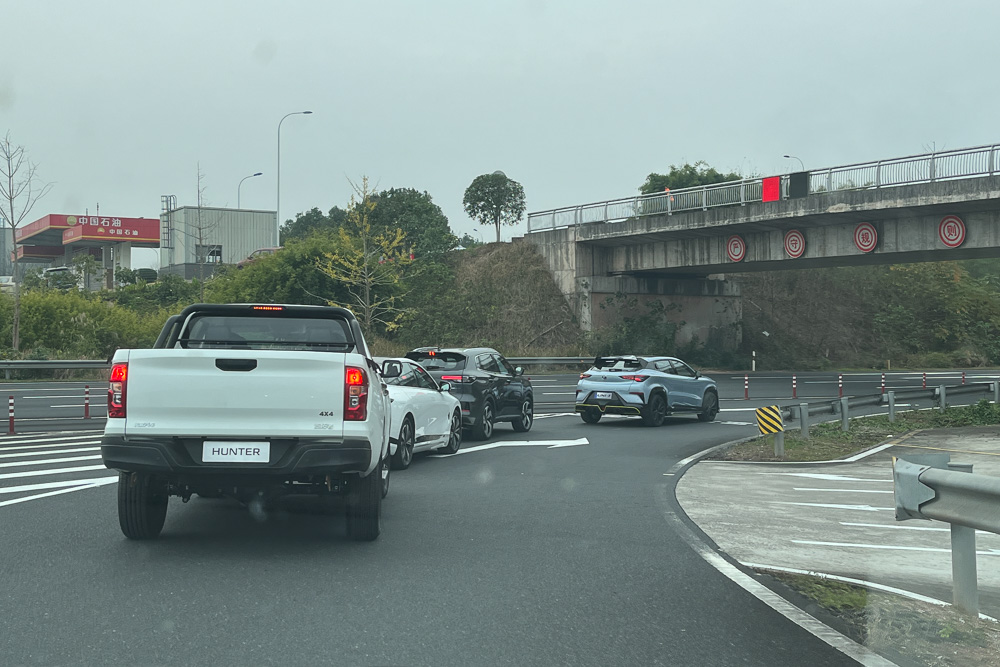
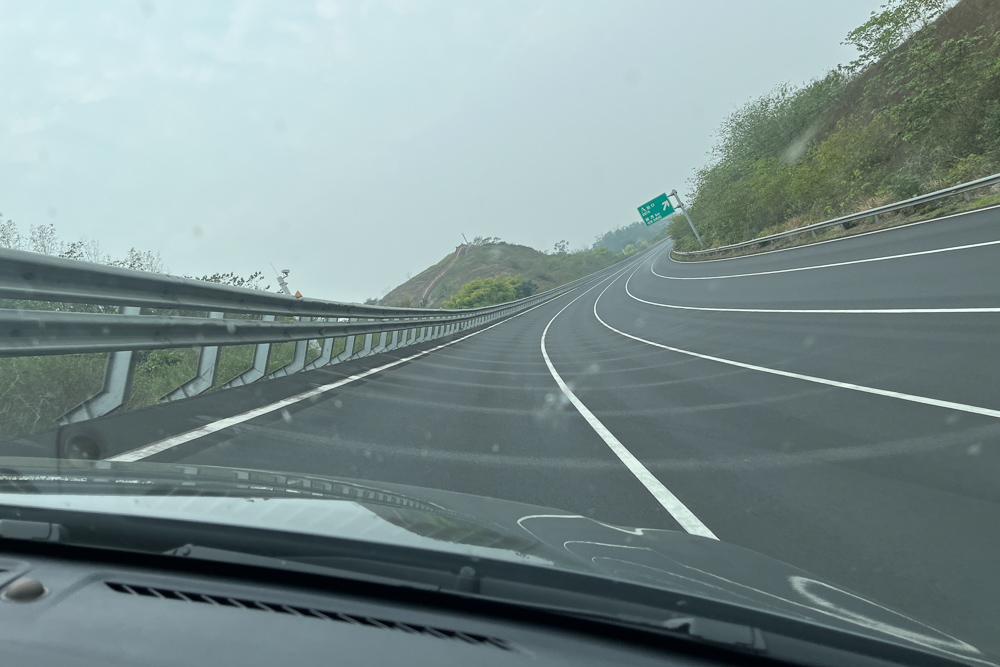
At the end of the five-day trip, I better understood why Inchcape had taken over Changan. There’s still a lot of brand-building that needs to be done, especially with the reputation of Chinese cars. But if things go well, perhaps we’ll see more of these interesting vehicles being offered in the Philippine market along the line.

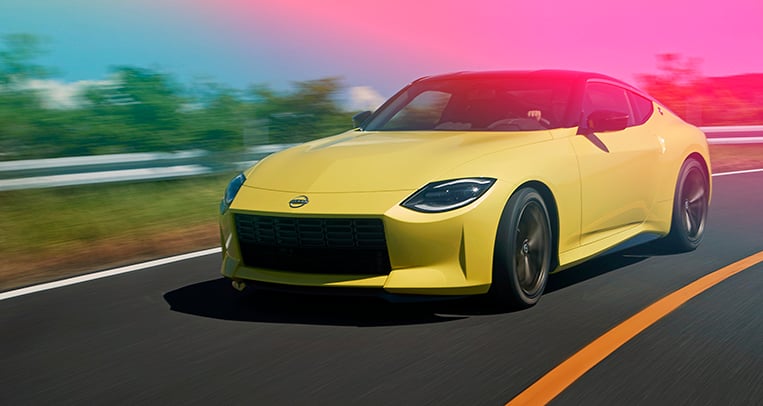

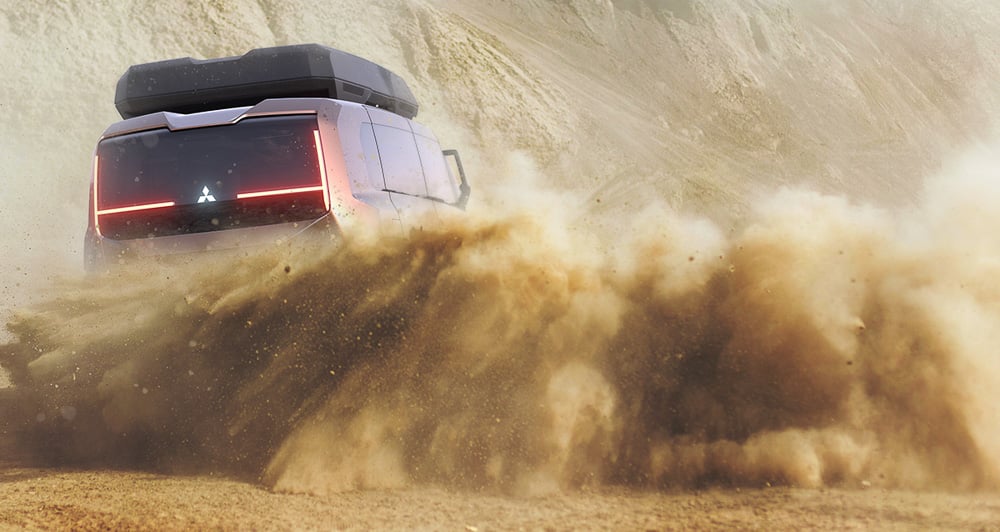

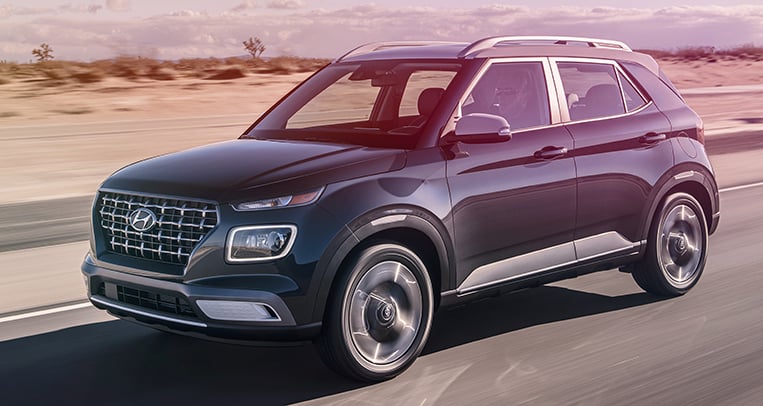
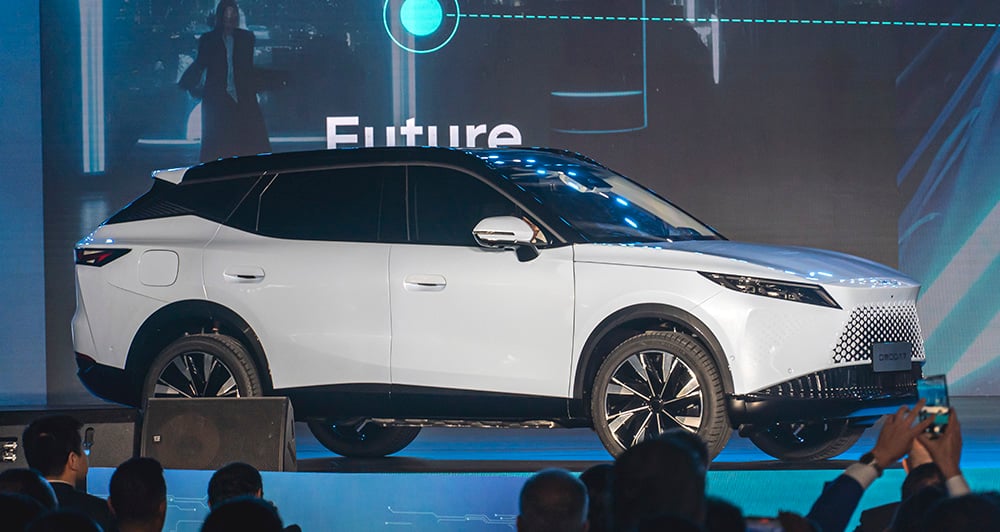
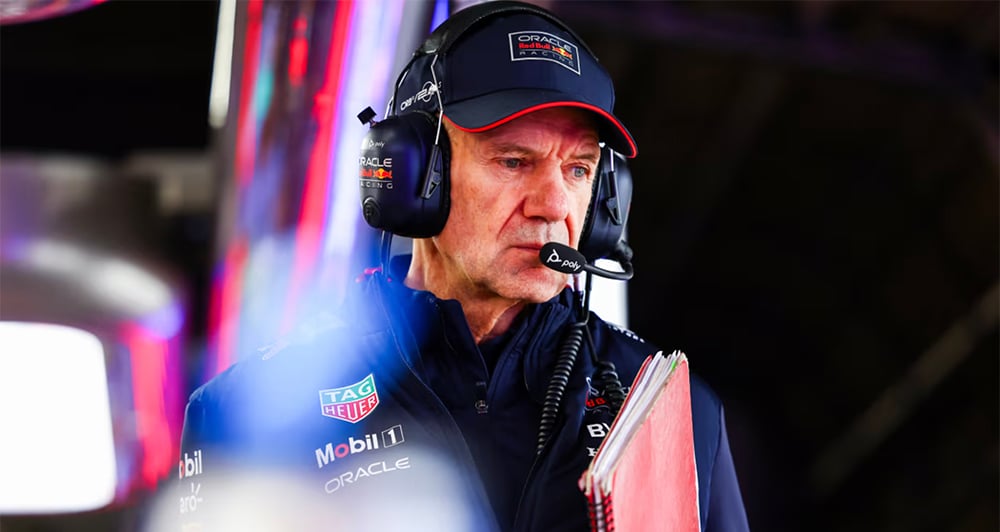
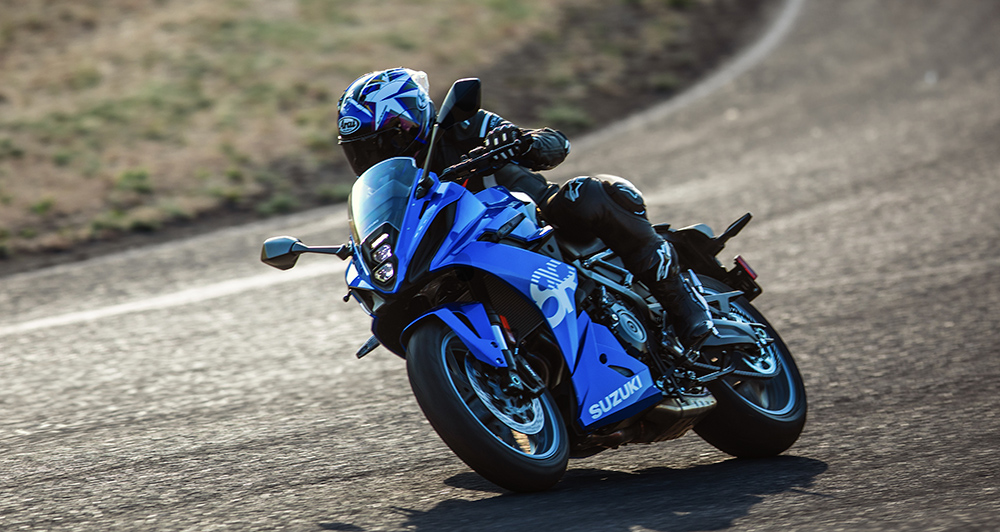
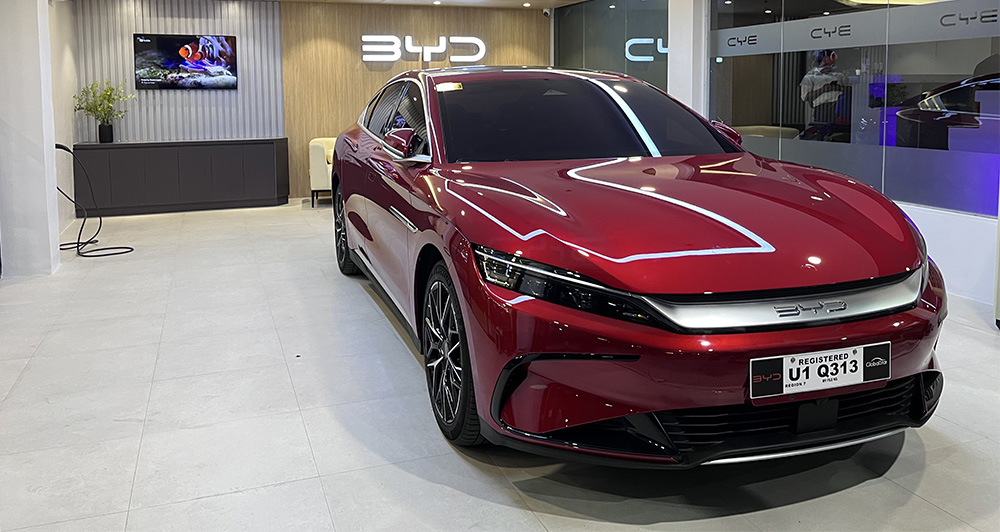

Comments